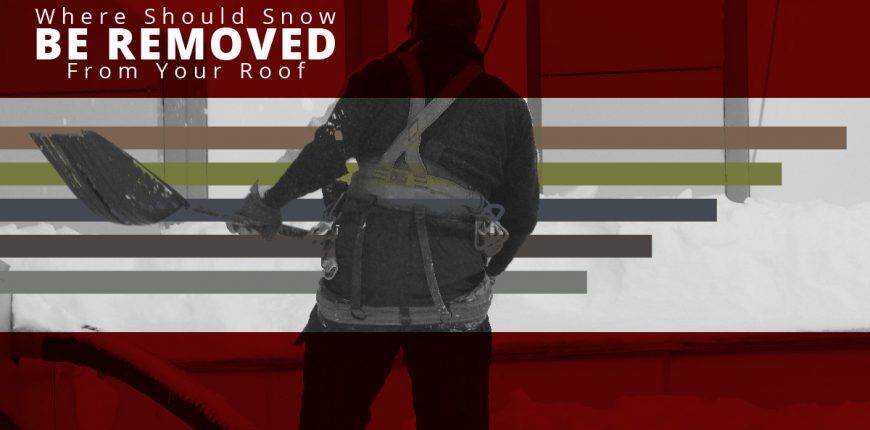
On most roofs, snow doesn’t accumulate evenly. Various factors affect exactly how snow builds up, including the weather, the roof’s architecture, and material, and whether the structure is sheltered or in the open. If there are six inches or more of buildup in any of the following areas, it’s time to schedule residential snow removal for your roof.
Intersections of Two Roof Planes
Snow tends to drift and collect in areas where different roof planes meet, such as valleys and around dormers or chimneys.
Sheltered Side of the House
If one side of your roof is sheltered from winter winds, snow is more likely to stay there and accumulate.
Steep-to-Shallow Pitch Transitions
A good example is where a steep main roof changes abruptly to the shallow-pitched roof of an attached porch. Because of the geometry, snow from the sloped roof will slide onto and stay on the shallow portion.
Edges or Eaves
Snow that lands on a sloped roof is likely to creep or slide down and collect along the edge. Any additional weight from ice forming during repeated thaw-freeze cycles can put this area under an extra heavy load.
Lower-Level Roofs
If your home has roof lines of different heights, snow is bound to accumulate on the lower roof(s).
Low-Slope or Flat Sections
It’s not uncommon for add-ons like porches and covered patios to have low-slope or even flat roofs. Snow sliding off higher roofs will land on such areas and build up.
Importance of Getting Snow Removed From Problem Areas
Safely removing snow from the above-mentioned areas of your roof before the amount gets extreme can prevent costly problems like:
- Ice damming. A buildup of heavy, packed snow and ice along the roof edge can form a dam and allow meltwater to get under your roofing and into the attic and exterior walls.
- Roof collapse. Snow accumulations in valleys, around dormers, and on low-slope and lower roofs can strain and damage the structure, or cause a collapse.
- Gutter damage. The weight of dense snow and ice along the roof edge can damage or tear off sections of your gutters.
- Water leaks. If piled-up snow on a lower roof partially covers any upper-story windows and there’s a thaw, water may seep inside the walls and damage your home’s interior.
When you need superior residential roof shoveling services in the Hampton Falls area, contact us at J. Carnes & Son Roofing.
